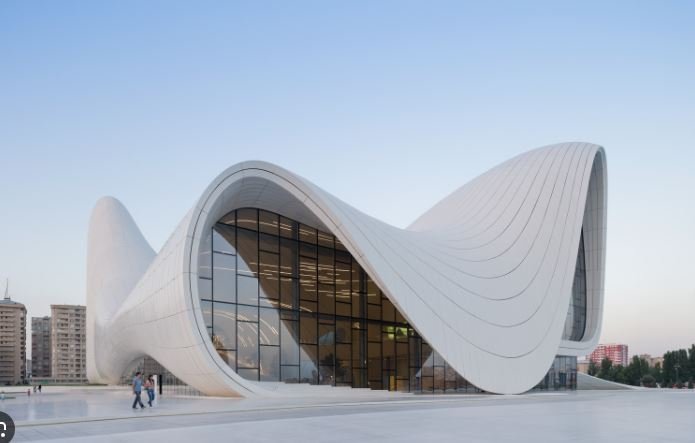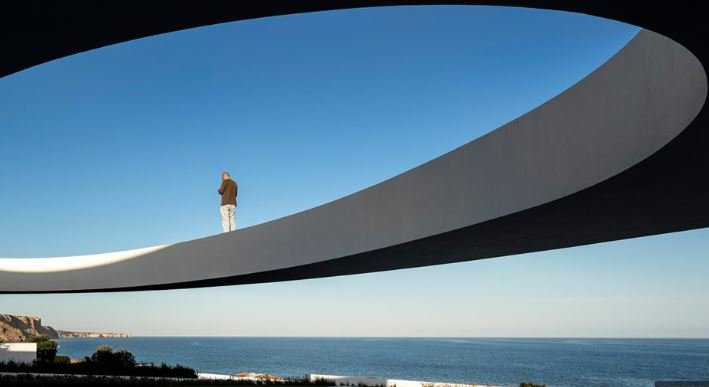The role of perspective in capturing architectural marvels is pivotal in showcasing the beauty and complexity of structures. By understanding and utilizing different perspectives, photographers can highlight unique architectural features, evoke emotions, and create visually compelling images.

Understanding Perspective
Understanding perspective is fundamental in architectural photography. Perspective refers to the way objects appear to the eye based on their spatial attributes. In architectural photography, manipulating perspective allows photographers to emphasize depth, scale, and spatial relationships, providing a more immersive viewing experience.
The Power of Wide-Angle Lenses
Wide-angle lenses play a crucial role in capturing architectural marvels. These lenses allow photographers to include more of the scene in the frame, making it easier to capture large buildings and expansive interiors. The wide field of view enhances the sense of space and grandeur, which is essential in architectural photography.
Using Leading Lines
Leading lines are a powerful compositional tool in architectural photography. These lines guide the viewer’s eye through the image, creating a sense of direction and flow. Leading lines can be natural elements like pathways or man-made features like railings and staircases. Utilizing leading lines enhances the overall composition and draws attention to key architectural elements.
Playing with Symmetry
Symmetry is often a defining characteristic of architectural marvels. Capturing symmetrical elements in architecture requires careful alignment and attention to detail. Symmetrical compositions evoke a sense of balance and harmony, highlighting the meticulous design and craftsmanship of the structure.
Exploring Different Angles
Exploring different angles is essential in architectural photography. Photographers often experiment with high and low angles to find the most compelling view of a structure. High angles can provide an overview of the building’s layout, while low angles can make the structure appear more imposing and majestic.
The Impact of Light and Shadow
Light and shadow significantly impact the role of perspective in capturing architectural marvels. The interplay of light and shadow can enhance the three-dimensionality of a structure, emphasizing its form and texture. Photographers often shoot during the golden hour or blue hour to take advantage of soft, directional light that adds depth and drama to their images.
Incorporating Reflections
Incorporating reflections is a creative way to capture architectural marvels. Reflections in water bodies, glass surfaces, or polished floors can add a unique dimension to architectural photographs. These reflections can create symmetry, add context, and provide a different perspective on the building.
Highlighting Details
Highlighting architectural details is crucial in capturing the essence of a structure. Close-up shots of intricate designs, textures, and materials reveal the craftsmanship and artistic vision behind the architecture. These detailed shots complement wide-angle images, offering a comprehensive view of the building’s features.
Using Tilt-Shift Lenses
Tilt-shift lenses are specialized tools that help correct perspective distortion in architectural photography. These lenses allow photographers to control the plane of focus and maintain straight vertical lines, which is essential when shooting tall buildings. Tilt-shift lenses provide a more accurate representation of the architecture, preserving its true form and proportions.
Creating Depth with Foreground Elements
Including foreground elements in architectural photographs creates depth and context. Foreground elements such as trees, sculptures, or people provide a sense of scale and lead the viewer’s eye into the scene. This technique enhances the three-dimensional feel of the image, making it more engaging.
Emphasizing Scale
Emphasizing scale is a key aspect of capturing architectural marvels. Photographers often include elements like people, vehicles, or surrounding buildings to convey the size of the structure. This comparison helps viewers appreciate the grandeur and significance of the architecture.
Conclusion
The role of perspective in capturing architectural marvels is multifaceted and essential for creating visually compelling images. By understanding and utilizing various perspectives, photographers can highlight the beauty, scale, and complexity of architectural structures. Techniques such as wide-angle lenses, leading lines, symmetry, and light manipulation enhance the overall composition and impact of architectural photographs. Mastery of perspective allows photographers to capture the essence of architectural marvels, showcasing their unique features and inspiring awe in viewers.

